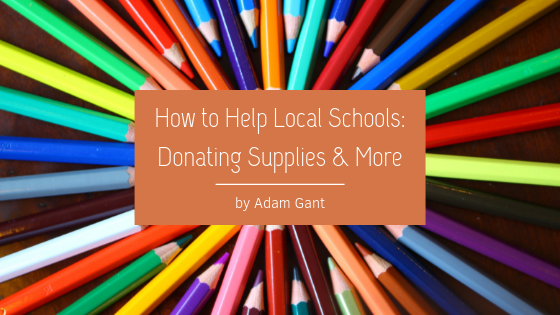Running a nonprofit comes with more complications than a standard business, especially on the financial side. For one thing, all nonprofit organizations must deal with increased oversight.
There are certain ways that the finances for a nonprofit must be handled, from creating a plan to comparing results against a budget and everything in between. The whole process may feel like a headache at times, but overall it is a worthwhile endeavor that will ultimately result in success.
Additional Challenges
There are additional challenges that come with managing the finances for a nonprofit organization. There are the above concerns (oversight, tracking, etc.), but there are concerns such as taxes, paperwork, transparency, donor involvement, and expectations. Not to mention dealing with the public trust.
Financial Policies
Nonprofit organizations have a board of directors, and in turn, they have a fiduciary duty to ensure how the money is used within the organization. That is to say; they have to ensure that the promises made by the organization are kept.
One way that a board of directors will ensure this is by creating one (or several) policies. These policies will create a rule and description for how the money is handled, invested, or distributed.
An example of a nonprofit financial policy would be a conflict of interest policy. A conflict of interest policy protects the nonprofit in a variety of ways. For one, it would require those with a conflict of interest to take a step back or otherwise disclose the conflict. In turn, this protects the nonprofit from penalties while hoarding the board accountable.
The Council of Nonprofits has a list of possible financial policies for nonprofits, including gift acceptance policies, best practices for reimbursement, annual review of executive compensation, nonprofit Fiscal policies and procedures, and more.
Tools and Resources
When looking for tools and resources for a nonprofit, the National Council of Nonprofits is one of the first tools to approach. On top of making documents readily available, they actively work to keep up-to-date information for all nonprofit organizations.
Another available resource is the Financial Management Associates Insitute. Through them, nonprofits can find financial management courses—everything from excel basics to full accounting classes.
The Basics
Every nonprofit organization will need to have a plan for the basic parts of their financial planning. They will need a bookkeeping solution (one that is friendly to nonprofits and easily accessed for audits). On that note, they will also need to find the right accounting software or plan and work out the funding for it. Once that is established, immediately begin tracking all donations that come through. This may require some level of customization.
If the nonprofit doesn’t have a bank account, now is the time to get one. Once that is done, get bank reconciliations going. Finally, any nonprofit will need to learn how to create (and analyze) financial statements and reports.










